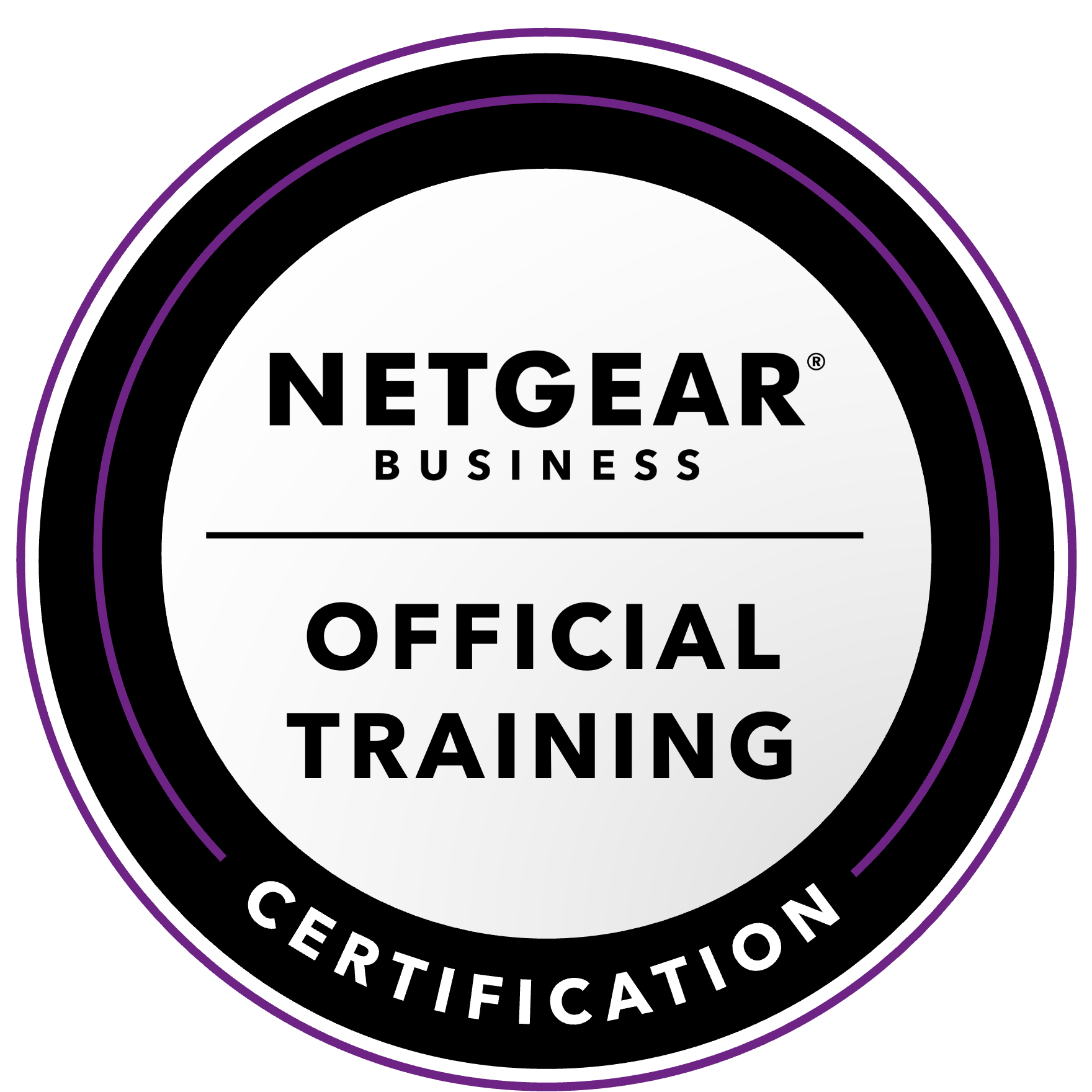NETGEAR is aware of a growing number of phone and online scams. To learn how to stay safe click here.
Forum Discussion
LoveReadynas
Jul 17, 2011Aspirant
Future HDD sizes
Hi I currently own a Readynas pro with 1.5tb drives with x-raid but there are going to be 4tb drives out at the end of the year. I heard there is a volume size limit on the Readynas something like 16tb? Can anyone comfirm this? If so does that mean I will have to create 2 volumes? :?
9 Replies
Replies have been turned off for this discussion
- mdgm-ntgrNETGEAR Employee RetiredWhat RAID mode are you using? If using X-RAID2 are you using single or dual-redundancy?
- LoveReadynasAspirantI'm using single redundancy (raid 5 if you like)
- mdgm-ntgrNETGEAR Employee RetiredWith 6x4TB drives there would be 18.6TB before overheads. To get more than 16TB of space you need to factory default with the drives in place. If using X-RAID2 (e.g. single-redundancy) you can only have one volume so the factory reset is necessary. If using Flex-RAID you can add an additional volume. You cannot switch between X-RAID2 and Flex-RAID except via a factory reset.
- PapaBear1ApprenticeBut a switch to dual redundancy wouldn't it then yield a volume less than 16TB.
- mdgm-ntgrNETGEAR Employee RetiredYes with dual-redundancy in a 6-bay ReadyNAS filled with 4TB drives, you would still be under 16TB.
If less than 6 drives are installed and the array is currently redundant then a switch to dual-redundancy would definitely be a good idea. See Converting and XRAID2 system to dual redundancy
If 6 drives are currently installed then switching to dual-redundancy would still be a good idea, however it would require a factory reset. With 4TB drives rebuild times would be even longer than now and as disk capacities get larger the risk of dual-disk failures becomes a bigger concern. It's not as uncommon as some might think. If all drive bays are full then the only way to switch to dual-redundancy would be to:
You may also wish to consider running X-RAID2 dual-redundancy. This does provide extra peace of mind than the default single-redundancy. To switch to dual-redundancy you could:
i. Backup all data
ii. Verify backup is good
iii. Upgrade to latest RAIDiator (currently 4.2.17: http://www.readynas.com/RAIDiator_x86_4_2_17_Notes
iv. Do a System > Config Backup
v. Do a factory reset with four or more disks in place either via System > Update > Factory default or via the boot menu (http://www.readynas.com/kb/faq/boot/how_do_i_use_the_boot_menu
vi. Discover the NAS using the latest RAIDar (http://www.readynas.com/downloads)
vii. Click setup during the 10 minute countdown
viii. Choose X-RAID2, tick dual-redundancy and confirm your choice
ix. Restore Config Backup
x. Restore data from backup
xi. Re-install and configure your addons.
Btw if you download your logs (Status > Logs > Download all logs), extract the zip contents and look at initrd.log, what is the oldest version of RAIDiator listed? - LoveReadynasAspirantThanks for the reply, I don't mind doing factory reset. So is this a software limitation not hardware? Do you think the firmware can be updated to use a single volume of 16tb plus and still use some form of x-raid? For some reason synolony don't really have this proplem. I'm just thinking of the future, hard drives are always going to get bigger.
- LoveReadynasAspirantI dont see the point in dual redundancy if you already have a backup server of the same data running raid 5, the biggest readynas only has 6 bays having it in dual redundancy is slashing you storage I've always said netgear need a server with more drive bays. What I'm asking is why is there a 16tb cap? Is this a firmware issue? Will this be looked at at some point.
- mdgm-ntgrNETGEAR Employee Retired
LoveReadynas wrote: So is this a software limitation not hardware?
It's a software limitation not hardware.LoveReadynas wrote:
Do you think the firmware can be updated to use a single volume of 16tb plus and still use some form of x-raid?
You can still use X-RAID2 and have a volume greater than 16TB, but currently you have to factory reset with the drives in place. As even with 4TB drives using dual-redundancy the 16TB limit isn't reached this isn't an issue that most users are going to be facing in the short term. I definitely wouldn't recommend using single-redundancy and 6x4TB drives.LoveReadyNAS wrote:
I dont see the point in dual redundancy if you already have a backup server of the same data running raid 5
RAID is useful as it provides redundancy or high-availability and reduces your need to use your backups. As disk capacities get higher rebuild times are longer. Also when a drive is replaced a resync puts heavy stress on all disks so if you have multiple disks failing the chances that you'll experience a dual-drive failure are much, much higher. However if you are comfortable with your backup and the greater risk of having to restore from backup, and you diligently backup your data regularly then using RAID-5 would be fine.LoveReadyNAS wrote:
The biggest readynas only has 6 bays having it in dual redundancy is slashing you storage I've always said netgear need a server with more drive bays.
Yes, it slashes the storage a little bit, but it does provide greater peace of mind, especially for those with high uptime. I'd like to see a desktop ReadyNAS with more drive bays e.g. an 8-bay ReadyNAS. However if there was such a ReadyNAS with a few more drive bays dual-redundancy would be recommended even more than when using a 6-bay device.LoveReadyNAS wrote:
What I'm asking is why is there a 16tb cap? Is this a firmware issue? Will this be looked at at some point.
It's an issue with EXT4 and/or expansion utilities used with that, I believe. I think this issue would affect all Linux NASes using EXT4 (which would be most if not all of them). Once there is a stable fix, it will be included in a future firmware update. I'm sure that NetGear would be keen to remove this limitation as soon as it is reasonable to do so. - LoveReadynasAspirantThanks mdgm that has cleared that up, I think I will format and switch to dual redundancy when I either buy 3tb or 4tb drives. Cheers :D
Related Content
NETGEAR Academy

Boost your skills with the Netgear Academy - Get trained, certified and stay ahead with the latest Netgear technology!
Join Us!
